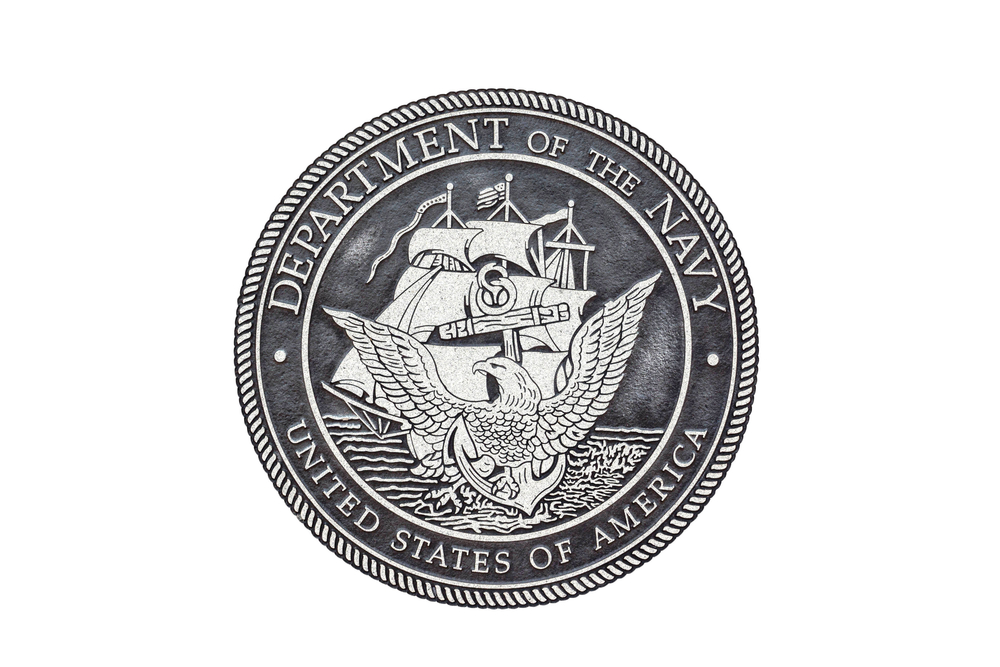
The United States Navy has canceled its plans to hold an industry competition to build the military arm’s new large unmanned undersea vehicle. Nicknamed “Snakehead,” the Large Displacement Unmanned Undersea Vehicle program has been in the works for at least the last ten years, but there is no timeline for its completion. This decade of production has resulted in a prototype vessel measuring just four feet in diameter and nearly eight feet long.
According to Navy spokesperson Alan Baribeau, the primary LDUUV acquisition strategy was to hold a “phase 2 industry prototyping competition” with the contract as the reward. Unfortunately, Baribeau confides, the agency decided to pause the program. He did not indicate if the program would restart; instead, the Navy would reassess its strategy for studying, planning, and experimenting with this UUV class. It is similar to a fiscally-related pause in R&D last year; which was expected to restart in the fiscal year 2024.
Now that this competition has been canceled, the Navy will likely have a bit of a void in its UUV family. Of course, the president’s budget plan only requested $7 million to continue experimentation with the existing prototype, so funding is already tight. And it comes at a time when Navy leadership has expressed a desire to integrate new technology into its existing fleet thoroughly.
Moving forward, the Navy expects the Extra Large UUV–made by Boeing–sometime in 2026. This vehicle is called Orca. Unfortunately, the Navy expects it will be too large for basic submarine transport. Instead, it can only be deployed from a pier; so there is still a need for a new prototype.
To better accommodate the Navy’s needs for a more accessible UUV, they are now working with a company called Leidos on a vehicle they call Medium and HII on what they have named Small. Both of these UUVs will have practical benefits for the Navy. Still, their batteries are weaker, and they cannot facilitate long distances like the bigger unmanned underwater vehicles they want to retain.
